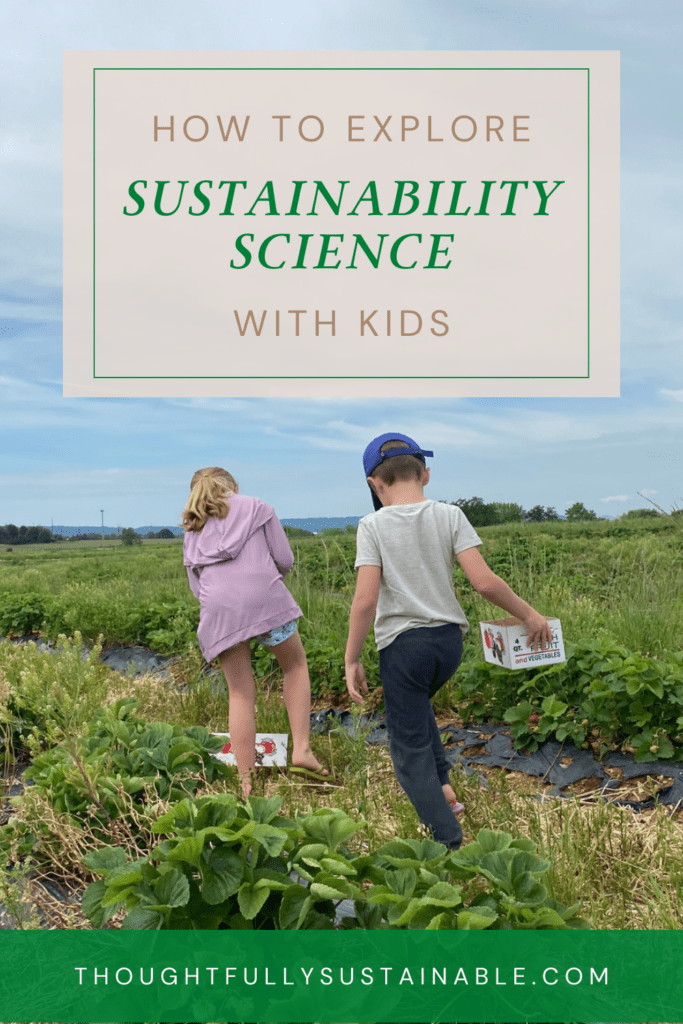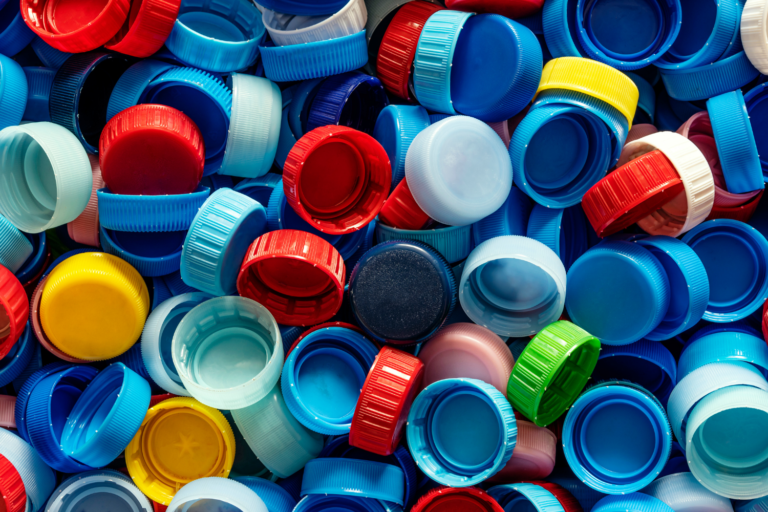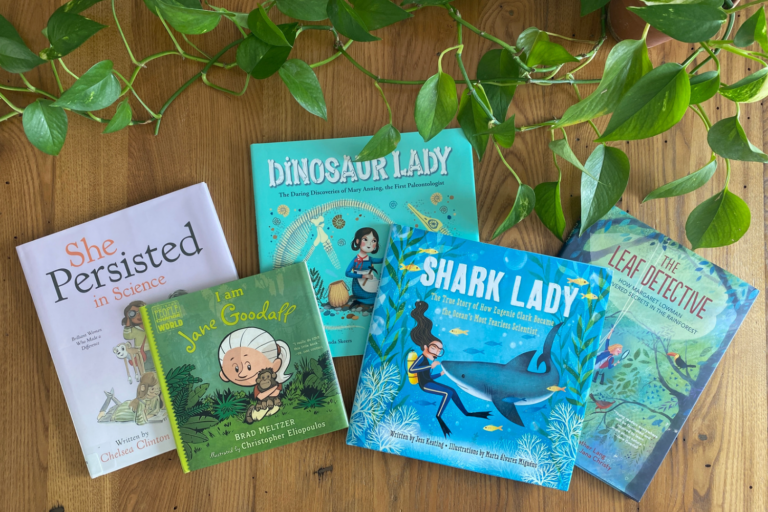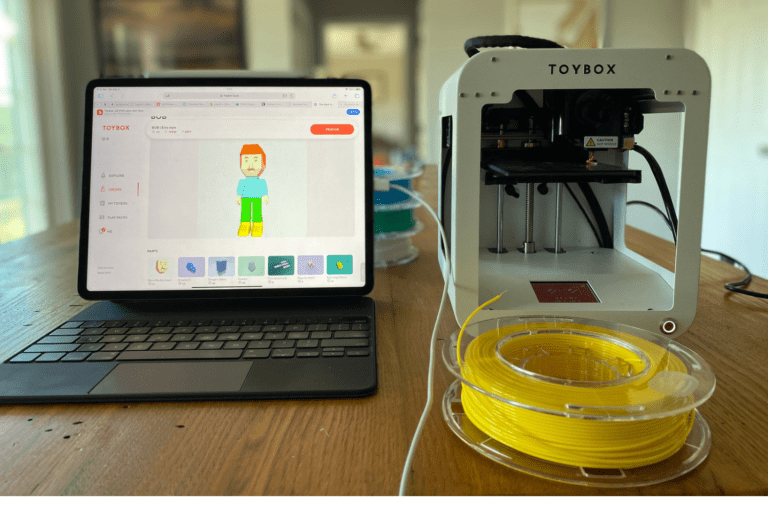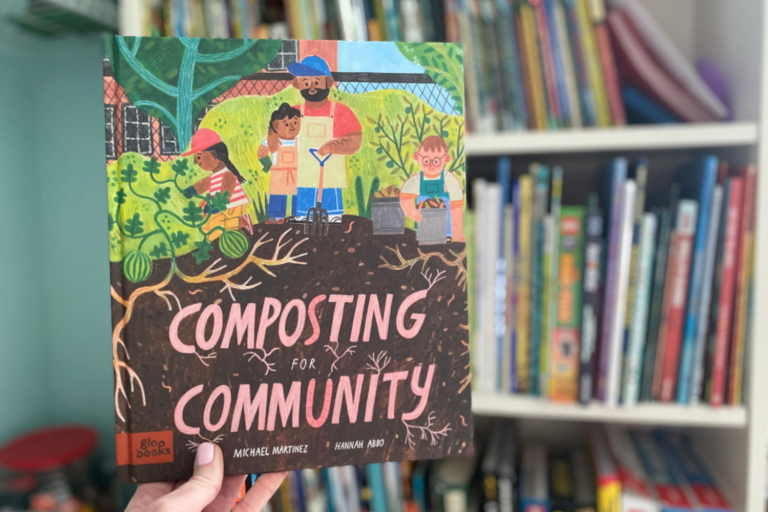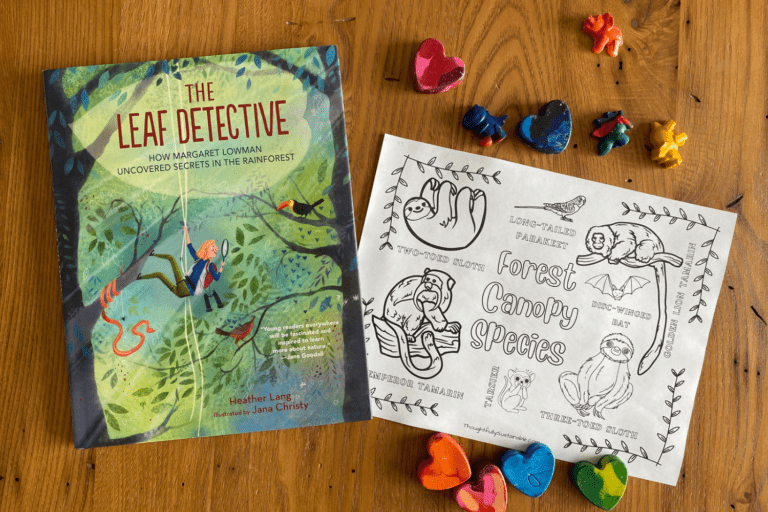How to Explore Sustainability Science Concepts with Kids
Are you interested in learning about sustainability science? Read on to discover more about this interdisciplinary field and how you can implement tenets of sustainability science into your home, classroom, and community with my free educational resources!

What is Sustainability Science?
Sustainability science is an interdisciplinary field that seeks to understand and improve the interactions between human societies and the natural world, to ensure the long-term well-being of both. It involves the study of ecological, economic, and social systems and their interactions to find solutions to challenges such as climate change, loss of biodiversity, and degradation of natural resources. Sustainability science combines knowledge from the natural sciences, social sciences, and humanities to develop integrated approaches to sustainability challenges.
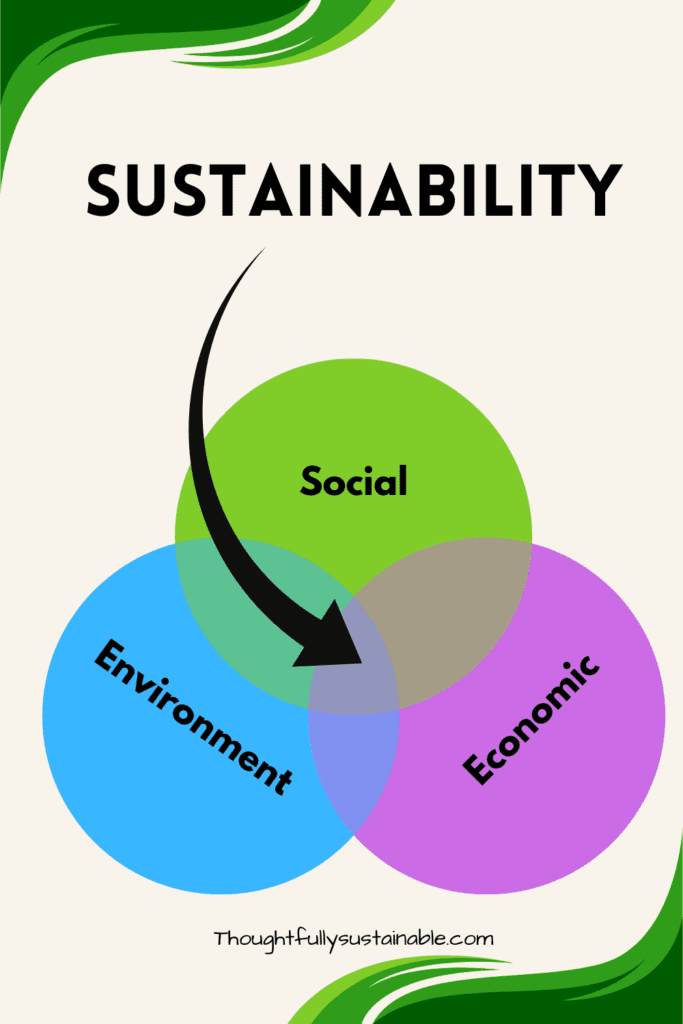

Why is Sustainability Science Important?
Finding a balance between the interactions between natural and social systems is key to maintaining a liveable planet. To educate learners in this critical area of science, I feel that it is imperative to foster curiosity about nature in students, then support that curiosity with science to strengthen critical thinking skills. Once students are aware of their interconnectedness with and interdependence on the rest of the natural world, they will learn to consider community over self.


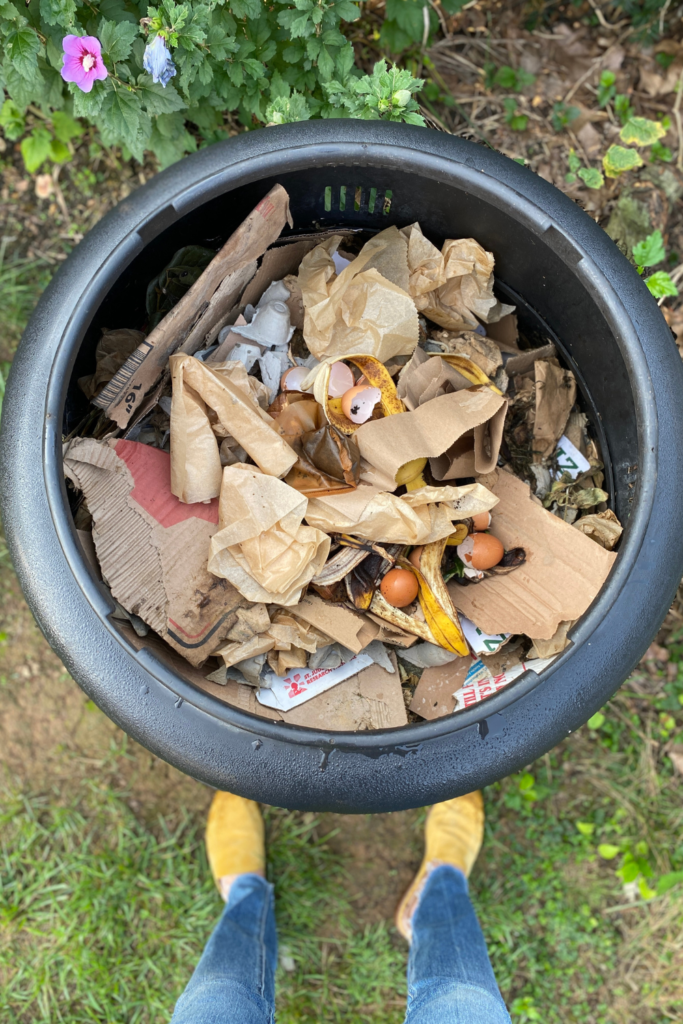

What are Common Topics in Sustainability Science?
Common topics in sustainability science include:
- Climate change and its impacts on ecosystems, economies, and societies.
- Biodiversity loss and conservation efforts.
- Renewable energy systems and energy efficiency.
- Water management and conservation.
- Sustainable agriculture and food systems.
- Sustainable urbanization and urban planning.
- Sustainable resource management, including forests, fisheries, and minerals.
- Green technologies and environmental engineering.
- Climate adaptation and disaster risk reduction.
- Social and economic equity and sustainable development.
These topics represent the interdisciplinary nature of sustainability science, which encompasses the natural sciences, social sciences, and humanities to provide comprehensive and integrated approaches to sustainability challenges.
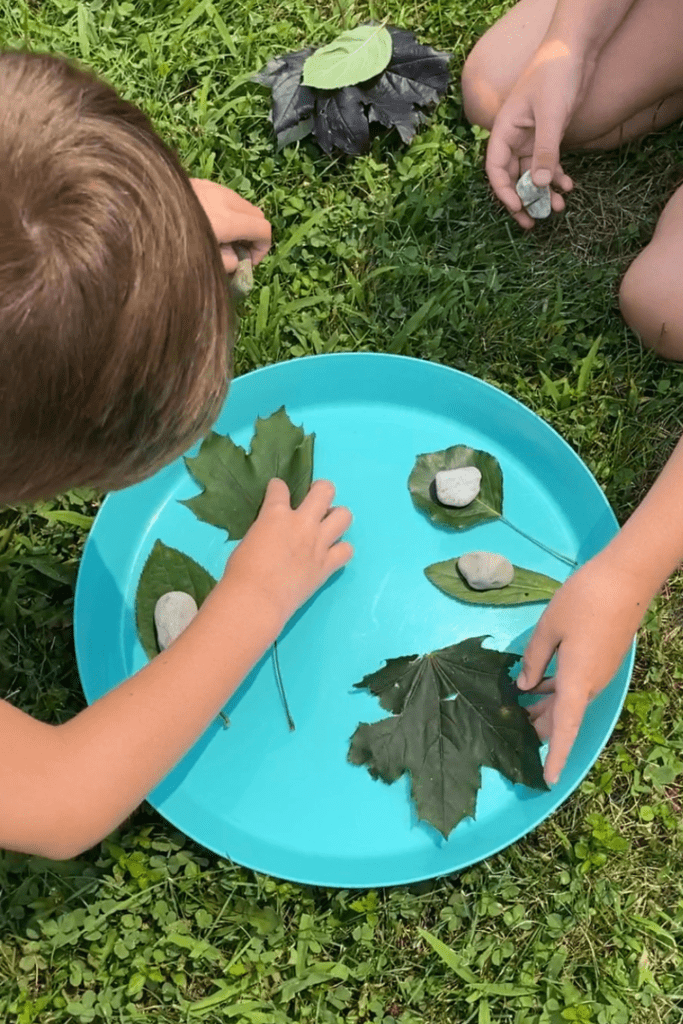

What are Some Ways That Sustainability Science Can Be Taught in the Classroom?
Sustainability science can be taught in the classroom through various methods, including:
- Project-Based Learning: Students can work on real-world projects that address sustainability challenges, such as designing energy-efficient buildings or creating sustainable food systems.
- Case Studies: Using case studies and examples of sustainability initiatives can help students understand the practical applications of sustainability science.
- Interactive Lectures and Discussions: Encouraging students to participate in interactive lectures and discussions can help them understand the interdisciplinary nature of sustainability science and its relevance to their lives.
- Field Trips: Field trips to environmentally sensitive areas, such as national parks or wildlife refuges, can help students understand the importance of preserving ecosystems.
- Service Learning: Service learning projects, where students participate in sustainable initiatives in their local communities, can help them develop a sense of social responsibility and an understanding of the connection between their actions and their impact on the environment.
These methods can be combined to create an engaging and interactive learning experience for students, helping them understand the complex systems that drive sustainability challenges and the solutions that can be implemented to address them.
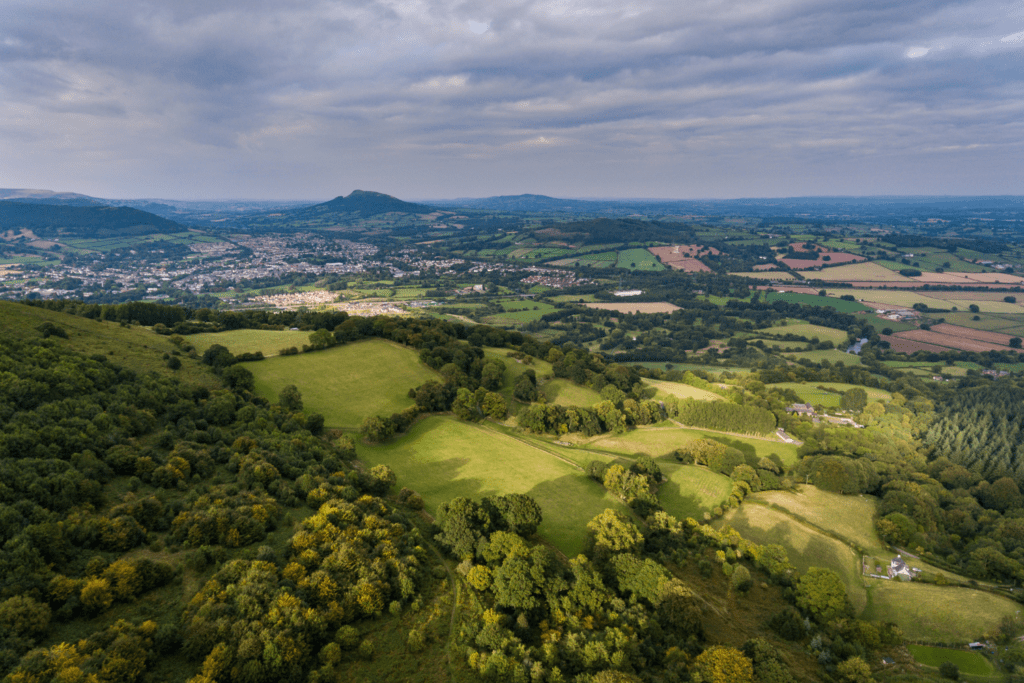

Can You Study Sustainability Science in College?
Yes, you can study sustainability science in college. It is often offered as an interdisciplinary program that combines courses from various departments such as environmental science, economics, and social sciences, among others. The program usually focuses on understanding the environmental, social, and economic dimensions of sustainability and finding ways to create a more sustainable future.
What are Some Colleges & Universities in the U.S. that Offer a Program in Sustainability Science?
There are many colleges and universities in the United States that offer programs in sustainability science. Here are a few examples:
- Arizona State University
- University of California, Berkeley
- Columbia University
- Yale University
- University of Michigan
- University of Minnesota
- University of Oregon
- University of Vermont
- University of Washington
- University of Wisconsin-Madison
This is just a sample, and there are many more colleges and universities that offer programs in sustainability science. It’s best to check with individual schools to see if they have a specific program in sustainability science, as well as to get more information about course offerings and degree requirements.
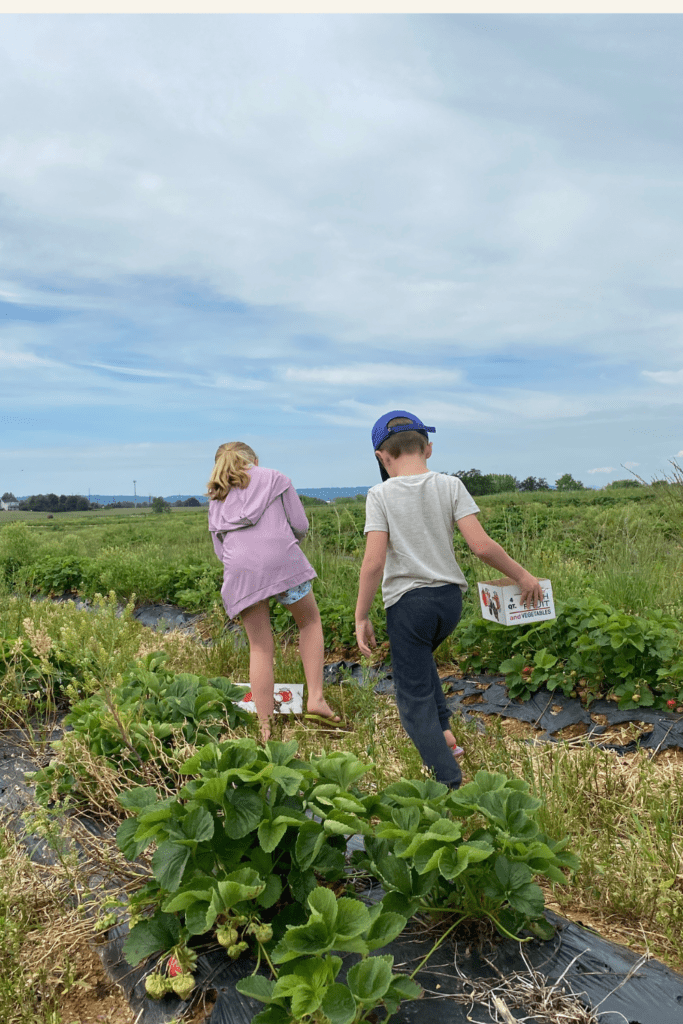

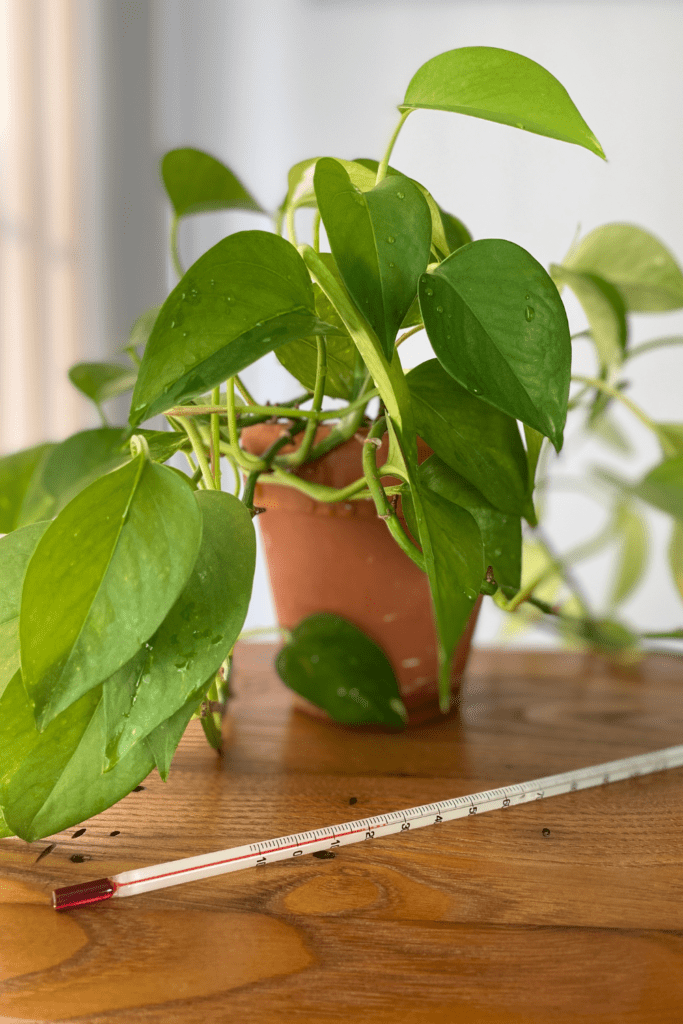

How Can You Teach Sustainability Science Concepts at Home?
Here are some tips on how you can teach sustainability science concepts at home:
- Start with the basics: Teach your children about the three pillars of sustainability: environmental, social, and economic.
- Get hands-on: Engage your children in practical activities such as composting, growing your own food, reducing waste, and conserving energy and water.
- Use visual aids: Use pictures, videos, and other visual aids to help your children understand complex concepts like the carbon cycle, the water cycle, and the nitrogen cycle.
- Use everyday examples: Use real-life examples to help your children understand the impact of their actions on the environment, such as the importance of reducing plastic waste and conserving energy.
- Make it fun: Use games, puzzles, and other interactive activities to help your children learn about sustainability in a fun and engaging way.
- Involve the community: Encourage your children to participate in community initiatives that promote sustainability, such as beach cleanups, tree planting, and recycling campaigns.
- Stay informed: Stay up-to-date on the latest sustainability science news and developments, and share this information with your children to keep them engaged and informed.
Remember, the most important thing is to make sustainability science a part of your daily life and to instill a sense of responsibility in your children for the future of the planet.
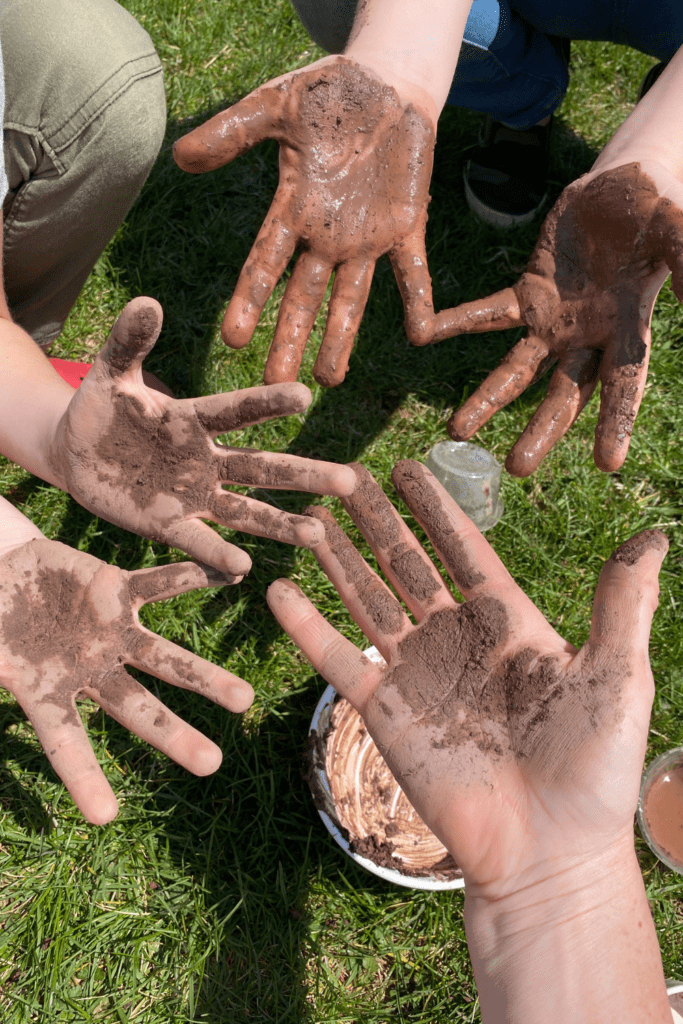

Thoughtfully Sustainable is a Platform for Sustainability Science Lessons
I created Thoughtfully Sustainable as a platform to explain the science of the common question of “why” that lurks behind sustainable living choices. Although many of the activities I create are intended for children, my target audience also includes adults. For example, if I explain the science of composting in a simplistic, yet factual manner for children to understand, then possibly those children will talk to the adults in their lives about the topic. When adults understand the importance of composting, they may choose to adopt the practice for their household.
Here are a few examples of sustainability science lessons I’ve created:
- Energy Efficiency Experiment
- How Does Salt Affect Ice?
- How to Regrow Vegetables from Food Scraps
- How to Explain the Chemistry of Composting
- How Does Wind Energy Work?
Creating science lessons that explain various tenets of sustainability is what Thoughtfully Sustainable is all about. Be sure to sign up for my free weekly newsletter to get free lessons delivered directly to your inbox!
Making Sustainability Science Accessible
The mission of my work at Thoughtfully Sustainable is to make the science of sustainability accessible to all learners. By creating sustainability science lessons that can be done with common household items, my goal is to make the science behind sustainability and the wonders of the natural world accessible to everyone.

